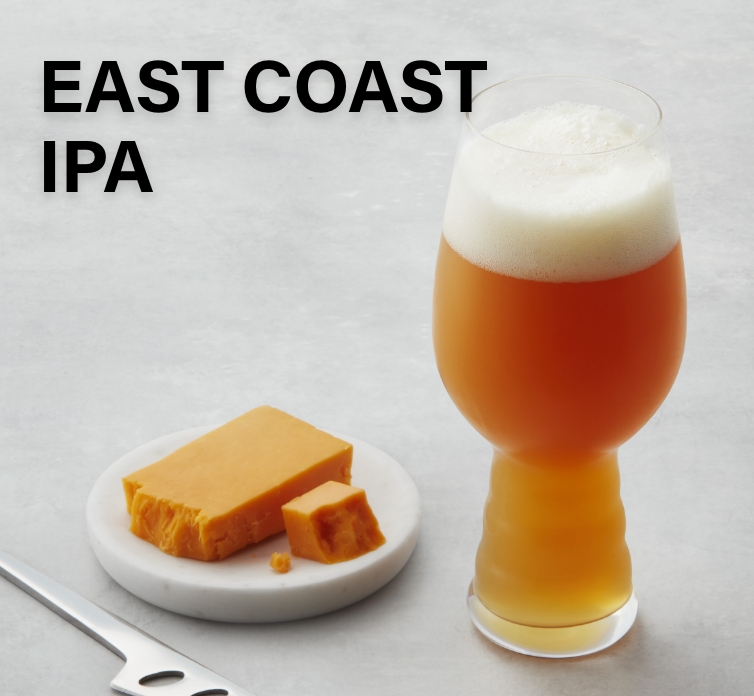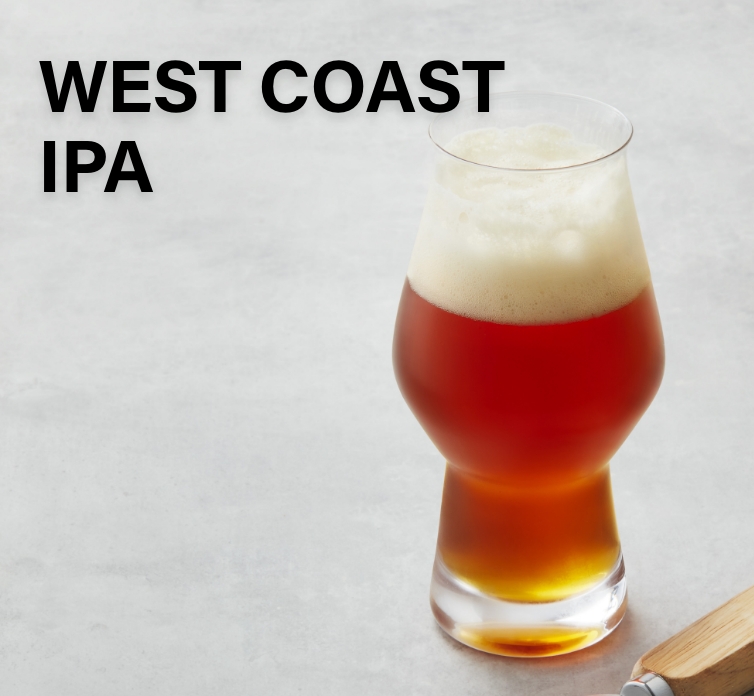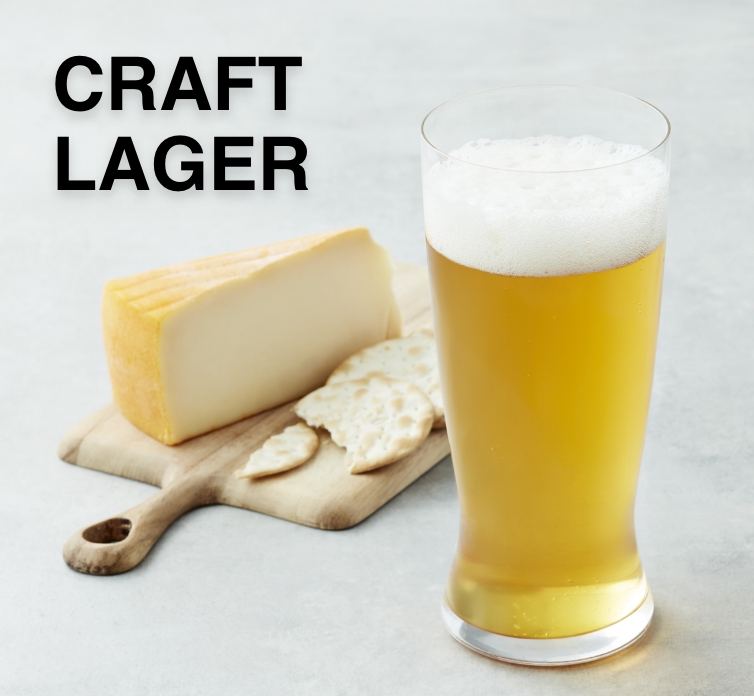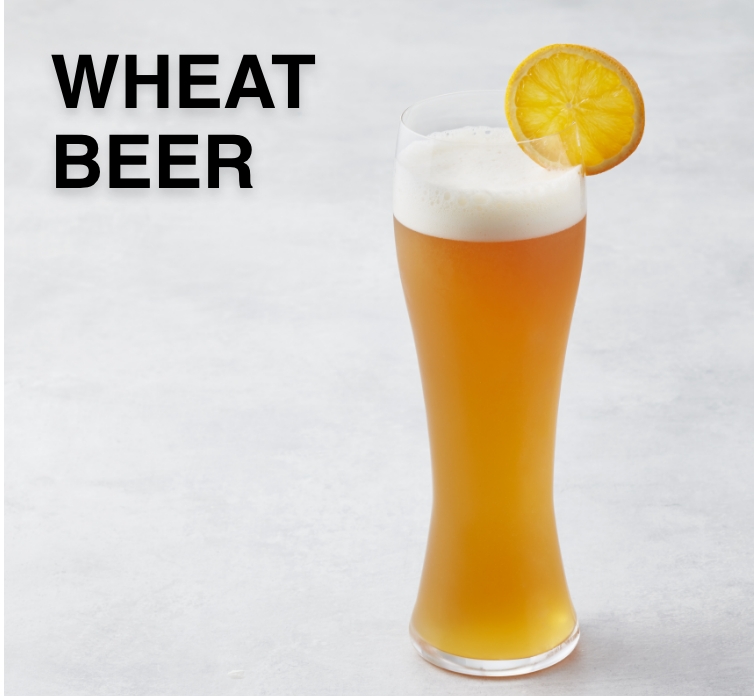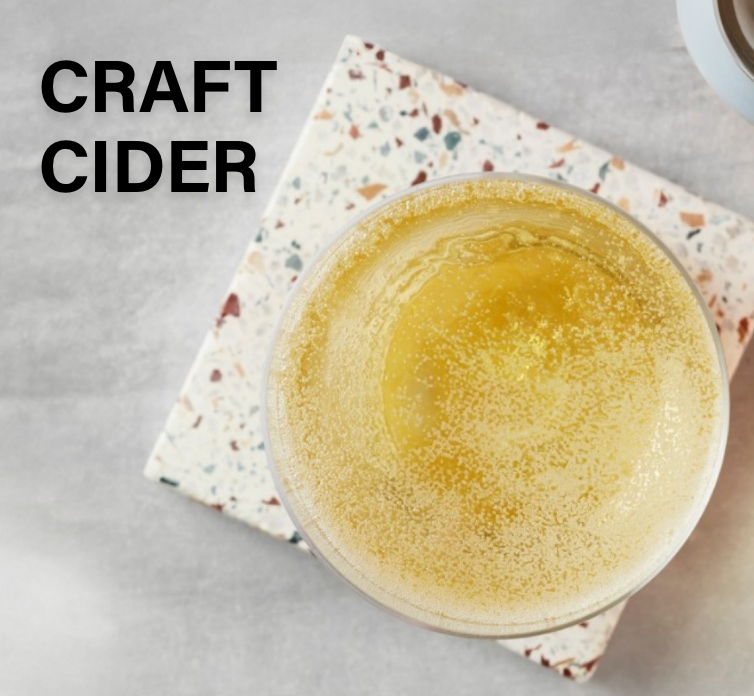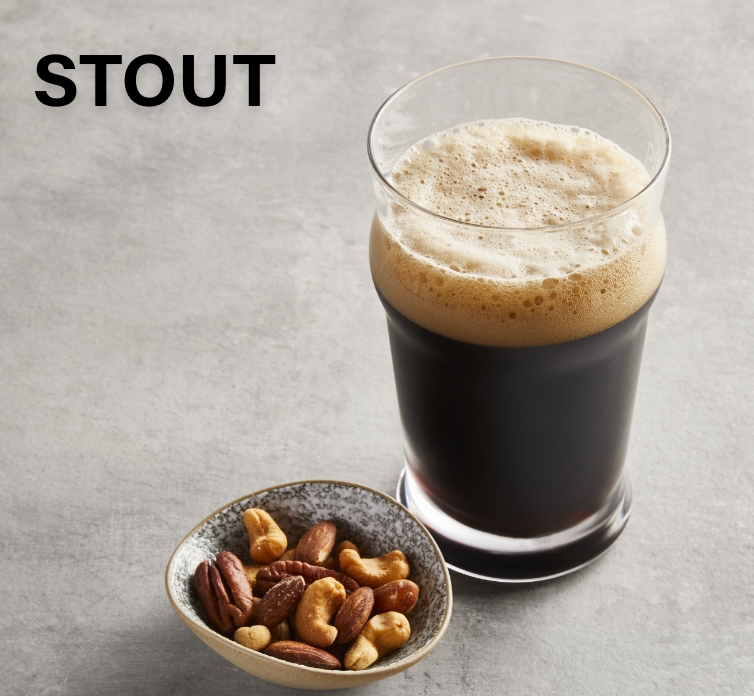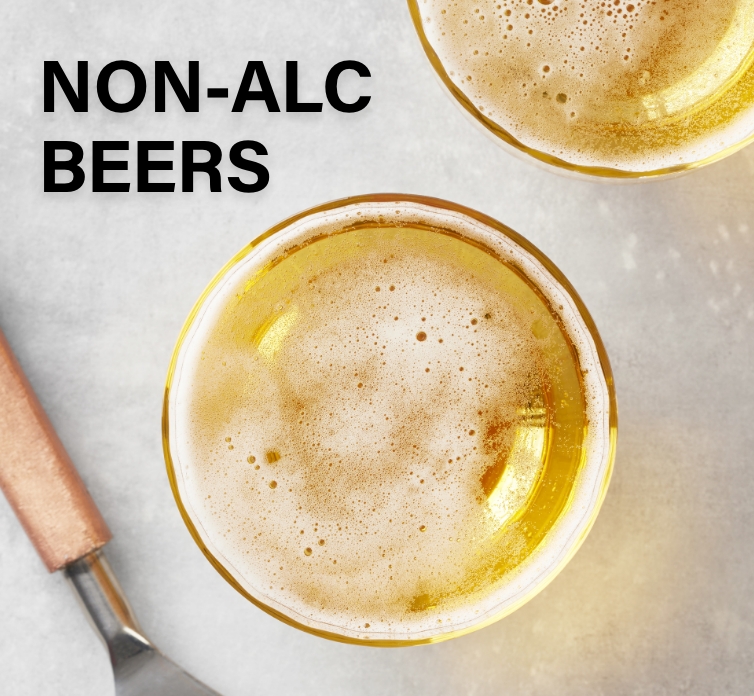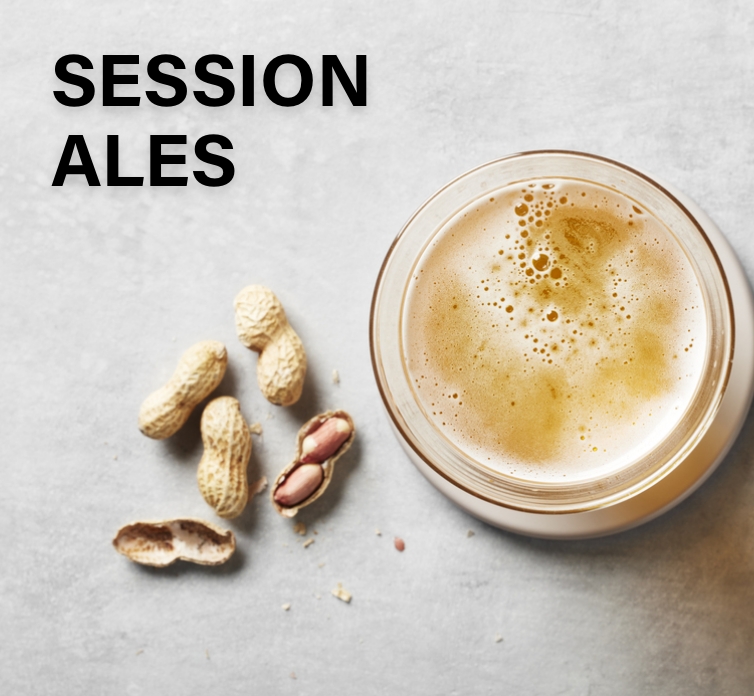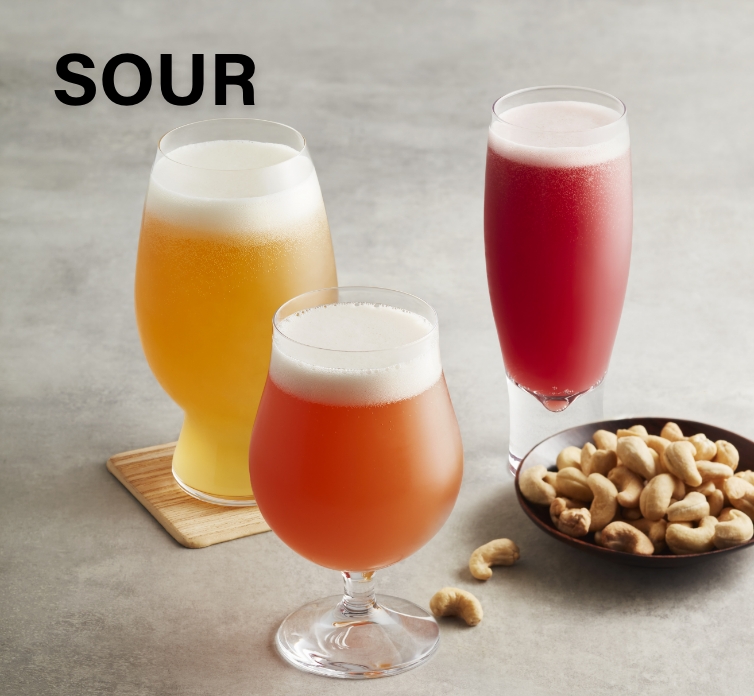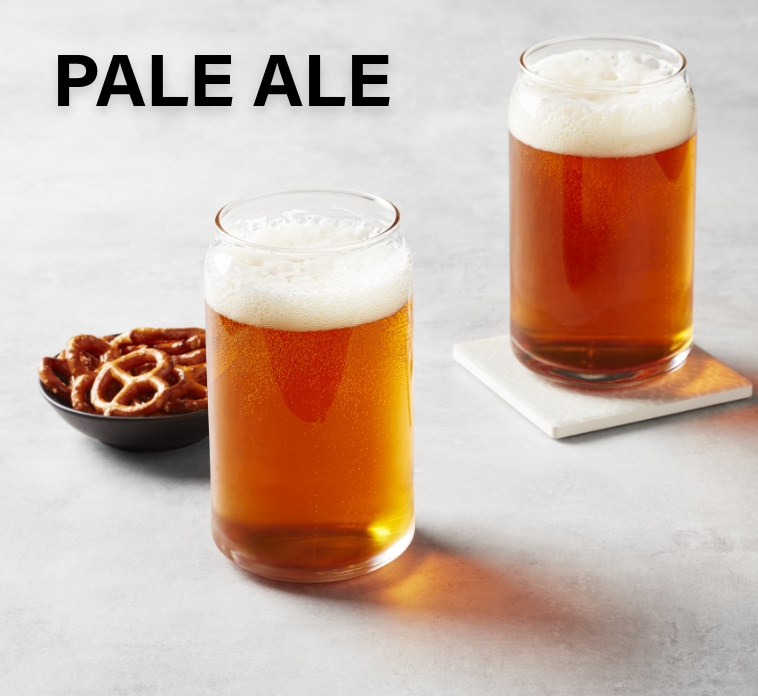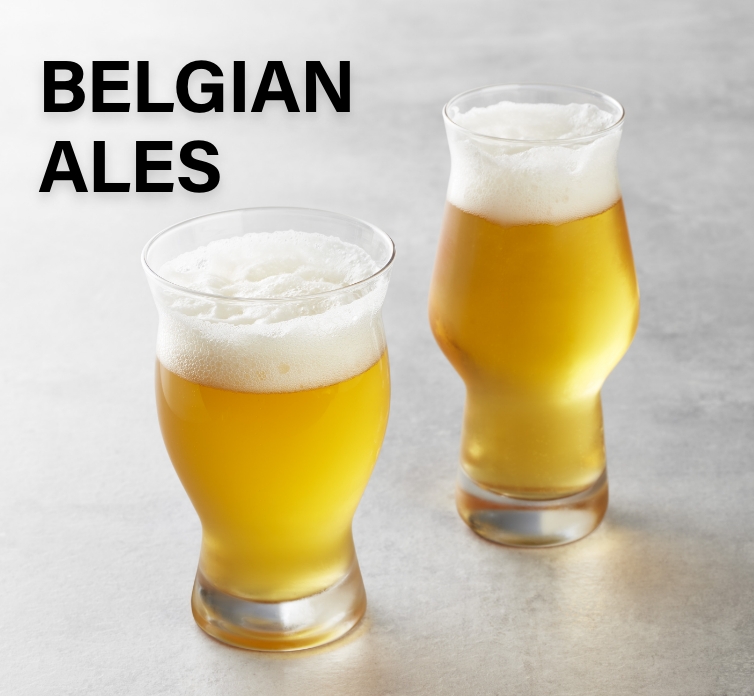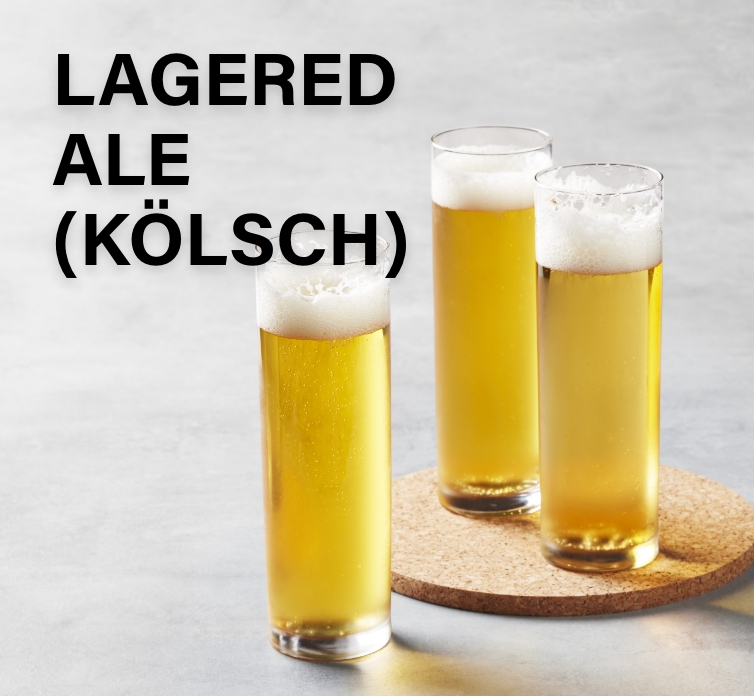Non-alcoholic Beer
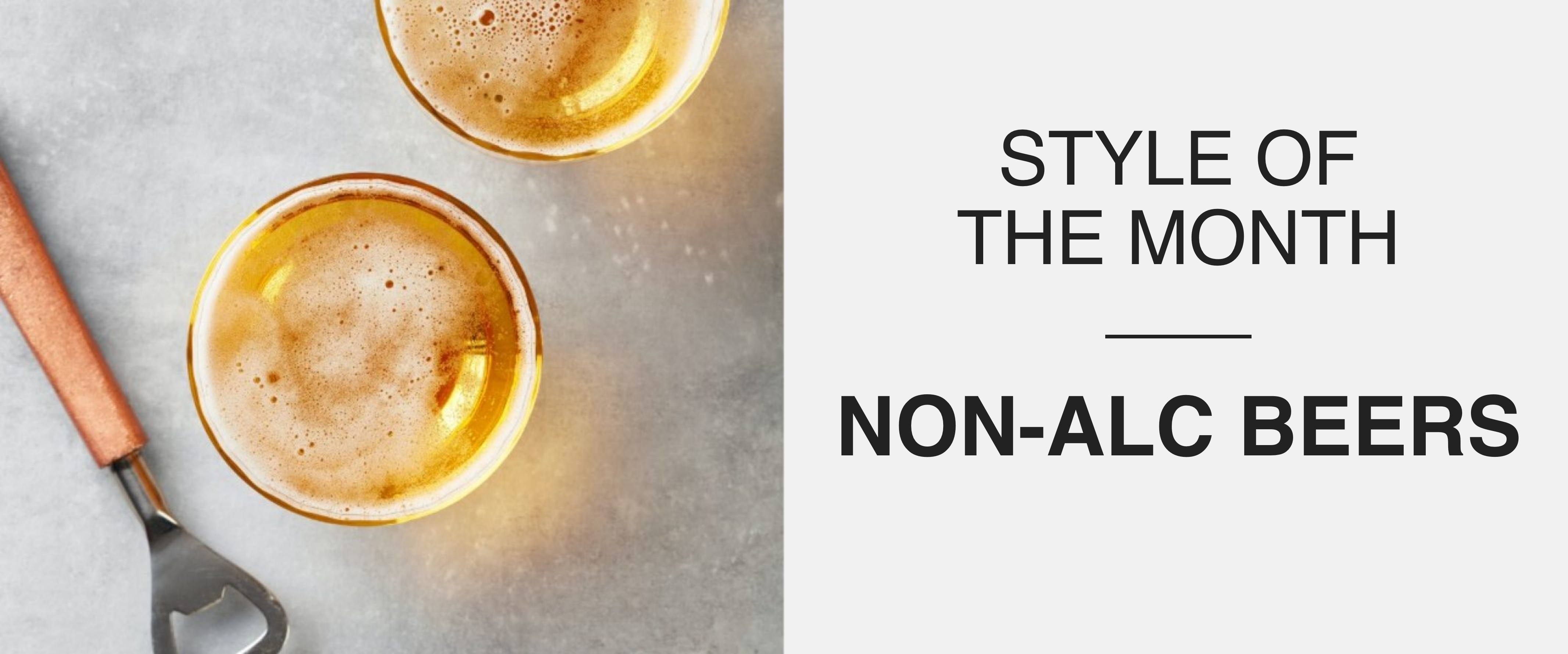
If you haven’t cracked a non-alcoholic (NA) beer in the last few years you’re missing out. From bready Pilsners to citrusy, bitter IPAs to chocolatey smooth Stouts, it’s the perfect time to explore these better-for-you brews.
Ready to Explore?
Brewers in Europe and the Middle East have embraced non-alcoholic beers for decades, crafting alcohol-free versions of classic beer styles like Belgian witbiers, Czech pilsners and German hefeweizens.
Brewers use different methods to make non-alcoholic beer and each maker continues to refine their methods using new technology. Some use dealcoholization to remove the alcohol from the finished product through heat or pressure or both. Another popular process reduces or prevents alcohol from being formed in the first place with the use of different yeasts and by interfering in the fermentation process.
Though it has taken awhile for the NA trend to catch on in North America, inventive brewers are now producing non-alcoholic styles for every craft beer lover.
You May Taste
Golden-hued Lagers are light and crisp, with fresh bread, pizza dough or cracker notes complemented by grassy, herbal and sometimes fruity hop flavours. Stouts are light-to-medium bodied with a roasty edge, chocolate, coffee, caramel and light red fruit notes. Pale ales and IPAs are medium bodied with aggressive bitternes. Expect tropical fruit, pine resin and grapefruit notes.
Sip Them With
Pale Lagers are perfect with lighter snacks like cheese and crackers or veggies and hummus. Opt for fuller-flavoured dishes with pale ales or IPAs. Think spicy Thai curries or pork tacos. Roasty stouts are divine with desserts like chocolate cake or tiramisu. Savoury pastries including tourtière or mushroom and Cheddar pie shine when paired with a dark ale.
Serving Tips
All non-alcoholic beer should be served ice cold, straight out of the fridge. Alcohol imparts texture and flavour and the process of removing it changes the overall flavour profile, so it’s more delicate than regular beer. Stemmed tulips are always a great go-to glass. As you enjoy your beer, hold your glass by the stem to keep the liquid colder for longer.
Try These Picks
Discover More Beer Styles
Beer FAQs
Your Top Questions Answered

What is craft beer?
Craft beer is made by small-scale breweries, often independently owned, that practise traditional artisanal brewing techniques to create authentic and uniquely flavourful beers. These craft brewers may focus on either classic or lesser-known styles of traditional beer, or create innovative new modern brews.

How many calories are in a beer?
A standard 340-millilitre or 12-ounce beer that has five per cent alcohol by volume has about 150 calories. Styles of beer that contain more alcohol, such as IPAs, have more calories — up to 170. Light beers, which have less alcohol, have around 100 calories. While darker beers sometimes have a higher alcohol content and therefore more calories, that’s not always the case: consider Guinness Draught, a dark stout, which has just over four per cent alcohol by volume and 125 calories per 12 ounces.

How many beers are in a keg?
Most standard North American kegs hold 58.7 litres: in terms of standard 340-millilitre or 12-ounce bottles or cans, that’s 165 servings; if you’re counting by 16-ounce pints, its 124 servings. European beers often come in 50-litre kegs, yielding 140 340-millilitre glasses or 105 pints. Smaller 30-litre kegs (sometimes called “pony kegs”) give 82 standard beers or 62 pints. Mini-kegs (Heineken, for example) hold five litres: that’s about 10 pints or 14 glasses.

How is beer made?
All beer is made with four key ingredients: barley (or other grains), water, hops and yeast. First, barley is malted (meaning the grains are sprouted and then kiln-dried) to get ready for brewing. The malt is then mashed, or cooked with warm water, to create a sugary liquid called wort. The wort is boiled with flavouring hops, and then in the final step, it’s fermented with yeast, which creates the alcohol and finished beer.
There are many different styles and regional traditions of brewing, but to simplify, they basically fall into two categories: for ale, the beer is stored at room temperature while the yeast feeds on the sugar in the wort and produces CO2 and alcohol as by-products; for lager, fermentation is the same, but it happens at cooler temperatures so the process takes a little longer

How long does beer last?
Check for an expiry or best-before date on bottles and cans: “best” is best when consumed fresh. Bottles and cans stored at room temperature are safe to drink for at least four months after purchase and up to eight months when it’s stored in the refrigerator or a cool place. Draft or craft beer stored in a glass bottle keeps for two or three days in the refrigerator when tightly capped. And remember, keep beer away from light: it can develop a “skunky” flavour from a chemical reaction to UV light, which is why it’s usually packaged in cans or dark glass bottles.

What is beer made of?
Most beer is made from just barley, water, hops and yeast. That’s all! Each ingredient contributes to the beer’s flavour, as do the specifics of the production process. Some brewers may use other grains, such as corn, rye, rice, wheat or even oats, to produce different types of beer. Some styles even incorporate additional flavouring ingredients, including fruits and herbs.
